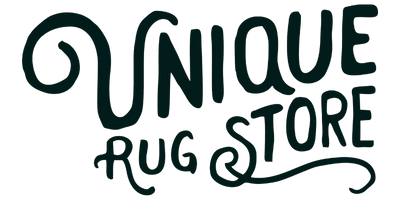Your Cart is Empty
A word of Turkish origin normally used to describe the color of a horse. It means dappled, speckled or mottled. The term has long been used in the trade to describe the small variations in hue and saturation found within a single color in a carpet. It applies to two distinct phenomena. The first is caused by the crude technology of the tribal and village dyer which, combined with variations in yarn diameter, makes small variations in the colour of yarn dyed in a single batch. In the carpet this appears as a mottling which gives the colour an attractive depth. By comparison, an absolutely uniform colour appears dull and dead. The second is the abrupt change in colour occurring at the point where one batch of wool finishes and another, not quite matching, begins. A distinct horizontal line is visible at the junction between the two batches. Link Pictures of Abrash on Nomad Rugs Blog
